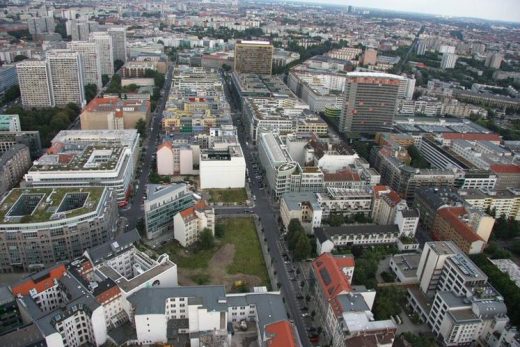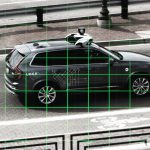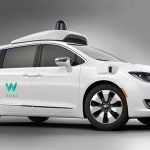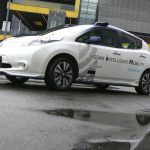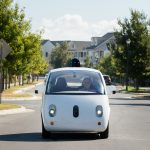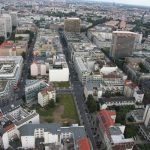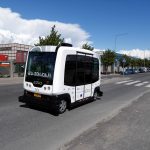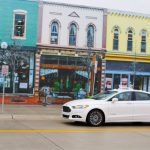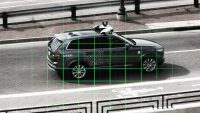Here’s how self-driving cars could impact your city’s planning
Here’s how self-driving cars could impact your city’s planning
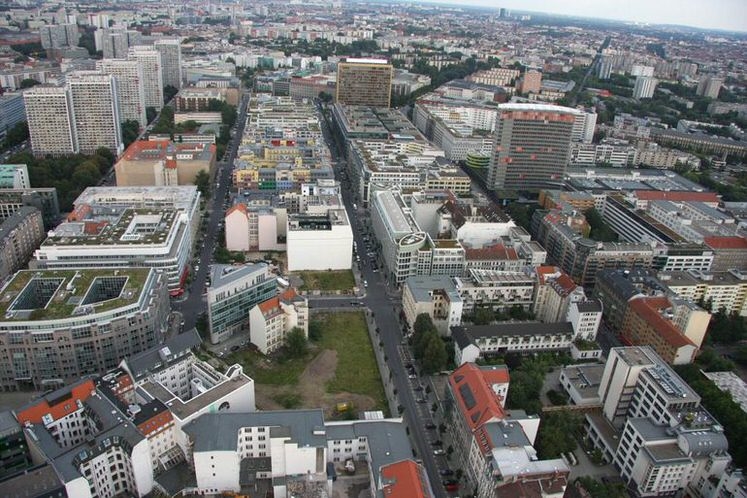
As the future of self-driving cars continues to evolve, many of the largest tech companies, auto industries, and city planners around the world are working to prepare for the impacts that autonomous cars will have across all sectors.
Since transportation is a central piece of our society, various thought-leaders and industry experts are working together to ensure public safety and find a way to have future technological advancements improve the economy.
See also: What is the future of self-driving regulation?
Across the related businesses, hundreds of billions of dollars is being invested in research and development. This investment of both technology and assets are looking to bring the promise of a cleaner, safer, and more efficient method to travel.
How autonomous cars could change policy
Several groups across the world are voicing their concerns on how autonomous cars will impact societies and the public good. Everything from social equality, cyber security, and even how our food is farmed will be changed by emerging technology associated with autonomous vehicles.
Increased urban sprawl
Autonomous vehicles will allow individuals to get more work done as they commute to and from the office since they won’t have to spend their time and energy doing something other than driving.
This will make longer commuting less stressful so that we could see more vehicle traffic in downtown areas.
Cities are witnessing an inversion of investment. As individuals and jobs return to downtowns, the demands to replace surface parking lots with mid and high density, mixed-use development increases.
Autonomous vehicles will propel the shrinking importance of suburban areas since the need to be located within proximity of downtown epicenters will not be needed.
As more people move out of suburbia, these areas will witness economic depressions and will have a difficult time maintaining basic amenities for remaining residents.
Increased parking construction footprint
As more people commute longer distances to work in their autonomous vehicles, cities will be pressured to develop larger and more parking areas to accommodate the increased traffic.
Parking is not an option for major cities, and providing convenient parking is a central focus for cities like Houston, TX, Little Rock, AR, and Washington, DC.
These cities have allocated more than half their land area to highways, streets, and parking areas. This type of land allocation will have wide-reaching repercussions on the environment, low-income communities, and cultural development in the vicinity.
Shifting commerce & service development
As autonomous car technology continues to evolve, many of the largest automakers are placing their bets that future vehicles will run on electricity and stored in onboard batteries.
This exciting advancement will reduce America’s dependency on foreign oil for remote fueling stations, but it will also change the way cities zone construction sites that will support city transportation.
In place of stand-alone gas stations, many parking lots will integrate electric refueling stations. Unlike the single purpose asphalt resting spots of today’s parking lots, future parking areas will double as recharging centers.
See also: Ford patents removable steering wheel for self-driving cars
Charging stations and induction pads in on-street spaces are going to be a vital part of the utility infrastructure of the near future.
The land use implication here is that on-street parking will continue to supply separation between moving cars and bicyclists and pedestrians.
Improved city aesthetics, pedestrian safety & air quality
As autonomous cars account for the majority of vehicles on our public roads, many city planners will be able to use more aesthetically appealing development plans.
This will not only incorporate more trees and other elements since planners won’t have to anticipate the human error. Also, urban planners can also integrate designs that are pedestrian friendly.
Air quality in our cities will also improve once fossil fuels are now not a portion of the exhaust system, improving the environmental surroundings and people’s health.
Self-driving the future of urban planning?
The future of city planning looks bright, and the evolution of self-driving car technology means that our cities will see dramatic impacts moving forward.
It is our responsibility to ensure that our local lawmakers are setting proactive regulations to protect public safety and keep up with the ever-changing environment of emerging technology.
The post Here’s how self-driving cars could impact your city’s planning appeared first on ReadWrite.
(81)

